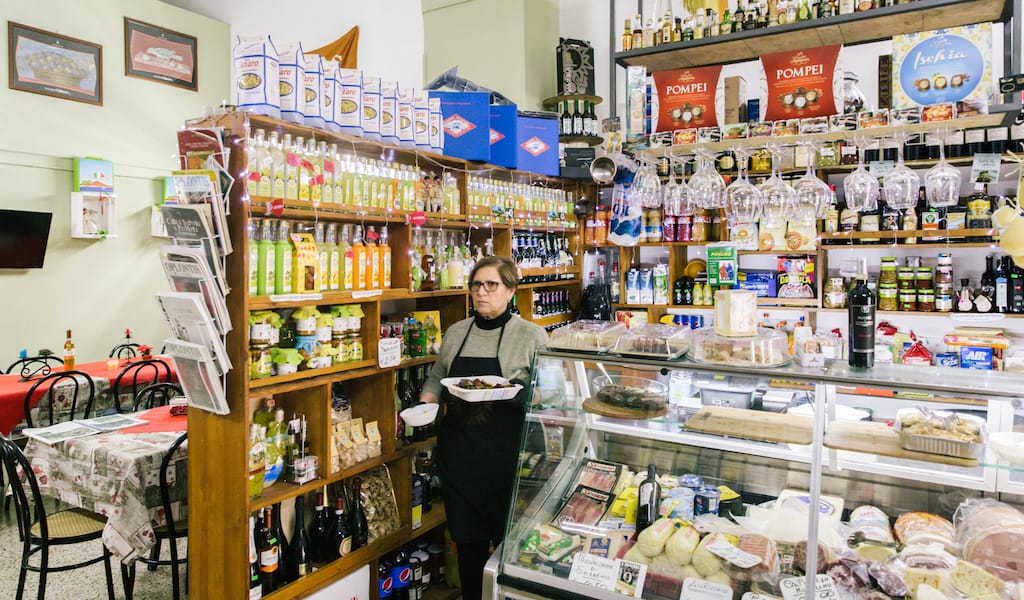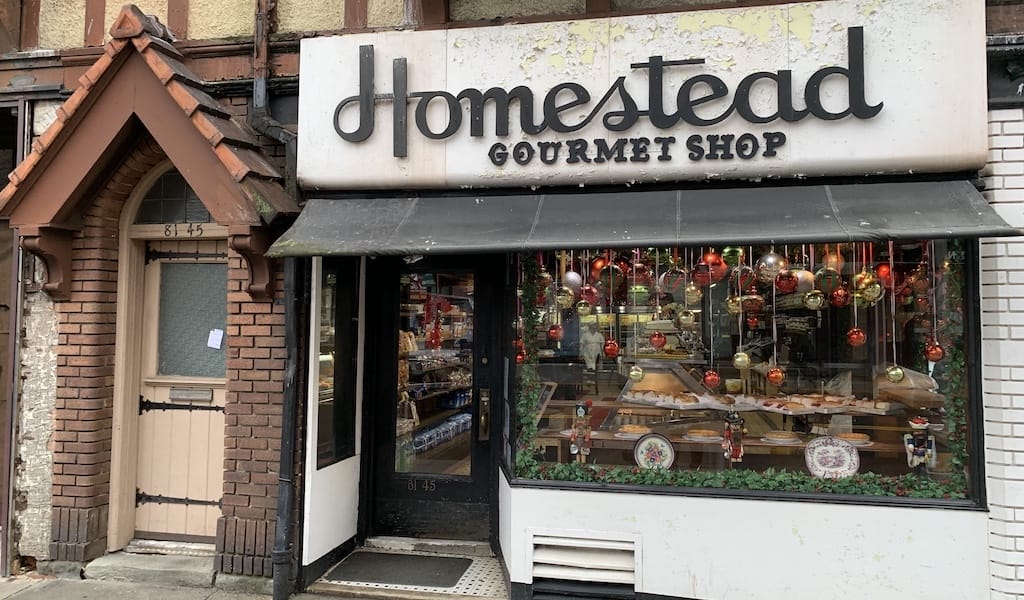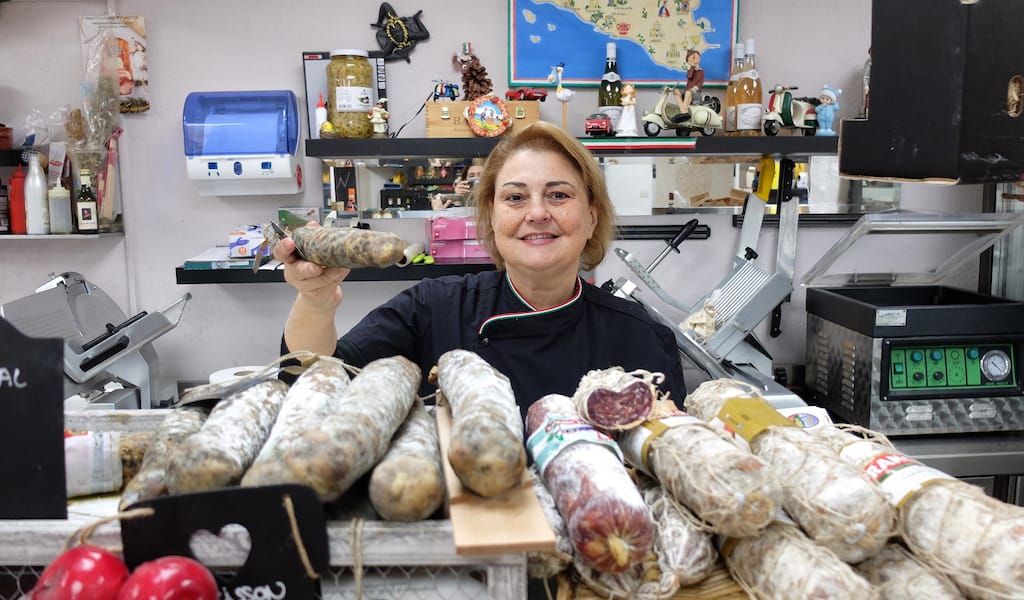The excavations at Oplontis, located in the modern city of Torre Annunziata, are often overlooked in favor of its much larger, much grander neighbor: Pompeii. Yet like all little-known things, this archeological site is full of incredible surprises, like the magnificent villa said to have belonged to Poppaea Sabina, the second wife of the Emperor Nero.
A UNESCO World Heritage Site since 1997, the villa is certainly worth a visit (plus, you’ll avoid the tourists who come from far and wide to invade Pompeii). And after having “discovered” Oplontis, there is a small gastronomic treasure to be discovered: DocSicil.
From the outside it looks like just a deli; in fact, it is a deli that makes excellent sandwiches for the students of the nearby school. But for friends and those in the know, it’s much more than that: Owners Antonio Balzano, 68, and Grazia Balzano, 60, have set up a small restaurant, well hidden by a wall next to the deli counter.
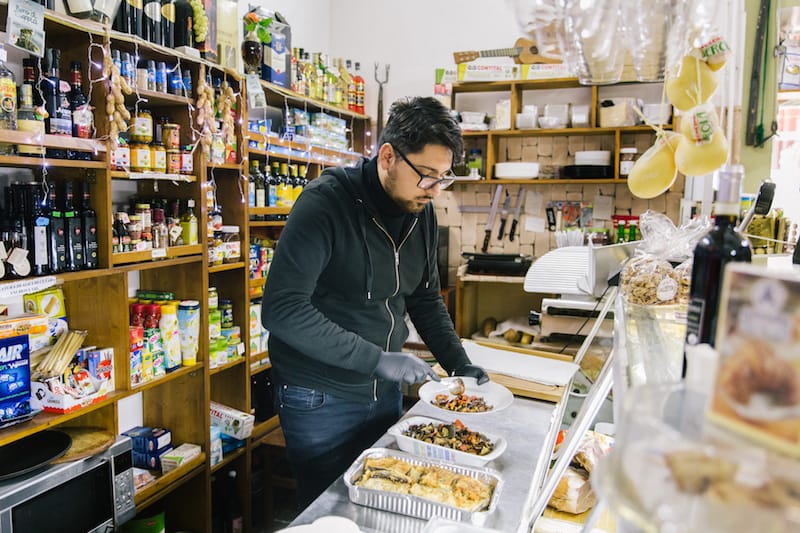
The couple met in Augusta, Sicily, a town between Catania and Syracuse, when Antonio, then 20 years old, was serving in the military. They fell in love, and Grazia followed Antonio back to Naples, his home city. Together they took over the family business, a deli right next to the excavations of Oplontis. Rosario, one of their three sons, is continuing the tradition – he and his wife, Valentina, work alongside his parents at the deli.
On a recent visit, Grazia takes us behind the counter, showing us the delicacies she prepared earlier in the day. There are dozens of vegetables (peppers, potatoes, broccoli, friarielli and more) that she stuffs inside sandwiches big enough to be a complete meal. She also prepares excellent takeaway dishes each day, usually mains like pasta with vegetables, meatballs, meat with sauce, and sausages.
The walls are covered with ancient photos of Torre Annunziata as well as dozens of postcards sent by tourists from all over the world. Because here, the tourist immediately becomes family, so much so that he feels compelled to send a postcard when away from home.
Grazia, who loves to tell stories, recounts an American visitor who “was crying in a panic, so I invited her to sleep at my house and we became such good friends that she still continues to write and often visits me.” (Although not a tourist, our Naples walk leader Chiara has even experienced this kindness – one day, when she was extremely tired after a morning tour but didn’t have time to go home before her afternoon tour, Grazia invited her to the back room to sleep on her bed, like one of the family.)
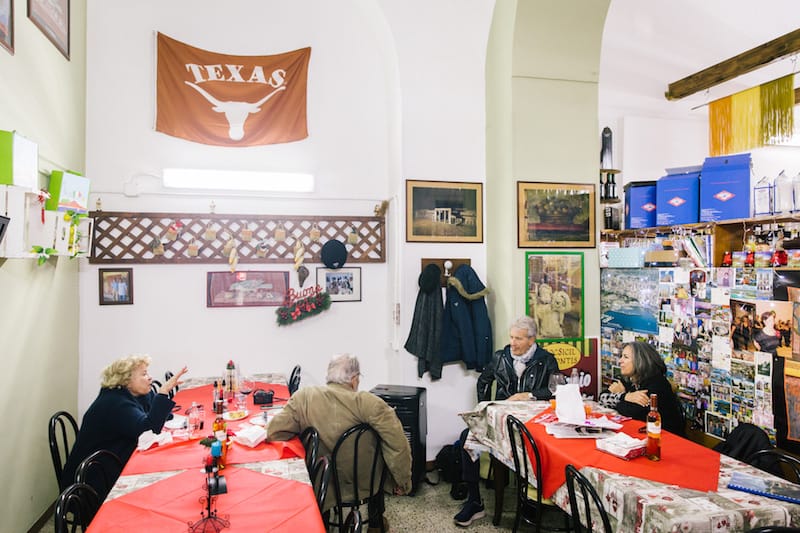
It was the deli’s proximity to the ancient site that inadvertently led them to open the hidden restaurant. “About 20 years ago, an American archaeologist named John Clarke [Professor of Archeology at the University of Texas, Austin] came to Oplontis for an excavation campaign,” Antonio explains. “He came here every day for sandwiches with his students. But at lunchtime there were also many students from the adjacent school, and he couldn’t speak to his students during the break. That’s why he asked me if I could set up a small room for him where he could have a quick lunch with his students and also take stock of the excavation every day.”
So Antonio created a space with some tables for the professor and his students; in effect, a small restaurant was born where every day Grazia cooked up delicious dishes and breathed the air of archeology and Neapolitan gastronomy.
It was the deli’s proximity to the ancient site that inadvertently led them to open the hidden restaurant.
As we’re talking to Antonio, Grazia brings us a starter, a nice plate of cheese and salami accompanied by extraordinary bread. “Today I prepared pasta alla Genovese, and you absolutely must taste it,” she says. Without waiting for our consent, she takes a packet of Setaro pasta from the shelf, an artisanal pasta producer located only a few meters from the deli, and goes into the kitchen to throw the pasta in the boiling water. After ten minutes she comes back with a steaming plate of Genovese with Setaro penne, an extraordinary thing, a true delicacy.
We are in the geographical area that became famous for the production of dried pasta in the late 17th and 18th centuries. In Torre Annunziata, pasta continues to be a cult today – many small pasta producers like Setaro are still in business in the area.
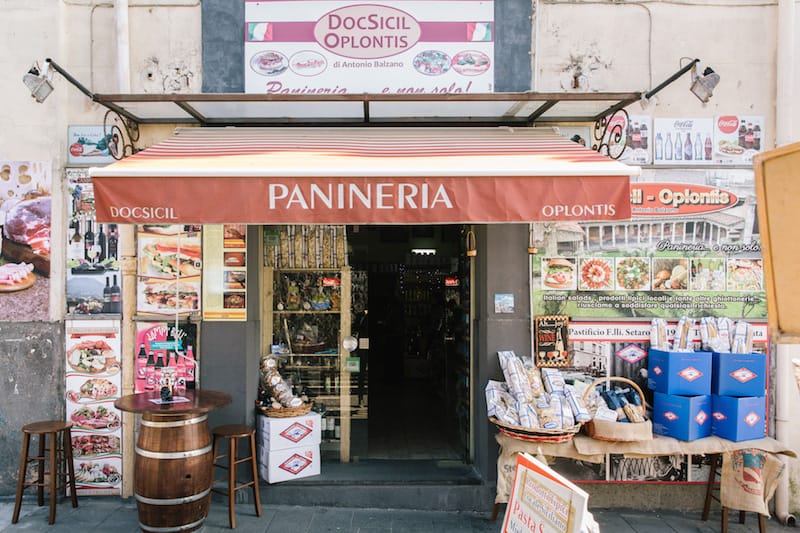
Two Italian tourists from Naples order spaghetti with the anchovy sauce from Cetara, the heir of garum, a fermented fish sauce popular in ancient Rome. To make the sauce, anchovies are salted and then stored in wooden barrels for months. Over time, the fermented anchovy sauce oozes out, and it is this delicious liquid that Neapolitans have paired with pasta for centuries. The important thing is to prepare the spaghetti or linguini without salt, as the sauce is quite salty itself.
But Grazia is above all a Sicilian woman and has never completely forgotten her roots; that’s why today she has also prepared a Sicilian caponata, a hot, slightly soupy dish made with fried vegetables and croutons. The warm Sicilian caponata is totally different from the Neapolitan version, which is instead a cold salad made with freselle (dried bread), mozzarella, heirloom piennolo tomatoes, olives and oil.
After visiting the Villa Poppaea, we love nothing better than huddling in the small, hidden room and eating some of Grazia’s incredible food. But if you come, don’t forget to ask Antonio and Grazia to eat in their restaurant, just like Professor Clarke did when the secluded space was born at the beginning of the millennium. It’s a great mix of history, archeology and Neapolitan cuisine.
 November 23, 2021 Homestead Gourmet Shop
November 23, 2021 Homestead Gourmet Shop
Homestead Gourmet Shop in Kew Gardens, with its quaint, peeling sign and cheery […] Posted in Queens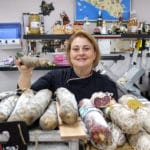 January 25, 2021 La Sicile Authentique
January 25, 2021 La Sicile Authentique
Located at the eastern edge of Marseille, Saint-Julien is a far cry from the bustling […] Posted in Marseille November 18, 2020 Pastificio Faella
November 18, 2020 Pastificio Faella
In the history of Neapolitan cuisine, the most important revolution, the one that […] Posted in Naples
Published on January 06, 2020
Related stories
November 23, 2021
QueensHomestead Gourmet Shop in Kew Gardens, with its quaint, peeling sign and cheery strudel-filled front window, looks like a Disney vision of the Old World. Its employees, clad in all white with old-fashioned paper hats, evoke a 1950s soda fountain shop. It feels like a relic in a forgotten corner of the city. In fact,…
January 25, 2021
MarseilleLocated at the eastern edge of Marseille, Saint-Julien is a far cry from the bustling city center. Here, congested boulevards stretch into narrow streets, and birdsong, not the honking of scooters, fills the air. The residential neighborhood has mostly standalone houses, from 17th-century bourgeois bastides (farmhouses) to 20th-century homes built by immigrant families searching for a…
November 18, 2020
NaplesIn the history of Neapolitan cuisine, the most important revolution, the one that transformed the culinary habits of people across southern Italy, is certainly the flourishing of dried pasta. Until the second half of the 17th century, Neapolitans were nicknamed mangiafoglie (leaf-eaters) – the volcanic land surrounding the city was incredibly productive, resulting in a…







































